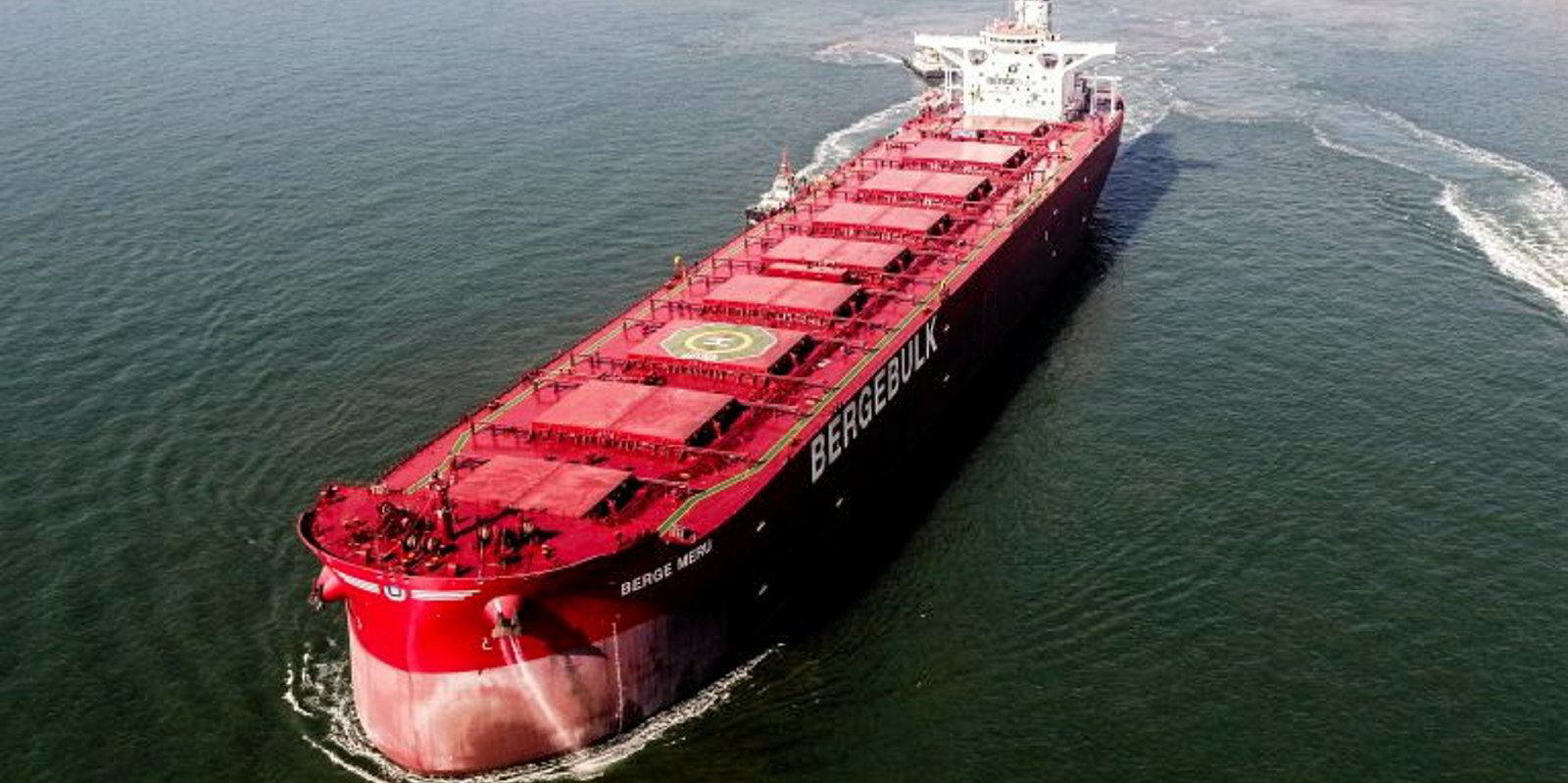This year’s bulker orderbook is shaping up to be much thinner than those of the last two years as the sector faces a host of headwinds for the rest of 2022, market watchers said.
Covid-19 lockdowns in China are discouraging capesize orders by hurting the nation’s demand for iron ore, according to Athens-based EastGate Shipping.
Meanwhile, the Russia-Ukraine war’s disruption of coal and grain flows is making dry bulk shipowners think twice about placing orders for smaller bulkers.
“We’d expect the appetite for new orders to remain anaemic for the rest of the year and likely stay below last year’s ordering activity,” the broker wrote in a report on Tuesday.
“The trend is further enhanced by the costly decarbonisation solutions that are being put forward and the technological challenges that lie ahead as well as the limited availability of slots in the yards.”
The lockdowns are also interfering with China’s shipbuilding industry, making it exceedingly difficult for yards to keep on schedule with newbuilding orders, Clarksons said in its latest monthly World Shipyard Monitor.
“Most yards in Shanghai halted production in late March and major yards declared ‘force majeure’ on scheduled deliveries,” the shipbroking giant said in the April report.
“That said, as of mid-April, there are indications that some shipyards are in the process of resuming production as local authorities begin to permit the reopening of manufacturing facilities, and projections assume the potential for yards to ‘catch up’ some of the ‘lost’ output in the remainder of the year.”
Nonetheless, the uncertainty as a result of these headwinds is causing owner appetite for newbuilding orders to stay “relatively controlled” and limit fleet growth and improve utilization outlook, EastGate said.
“This year thus far, we have observed a slowdown in the activity of new transactions compared to the volume of the previous two years,” the bulker broker said.
Newbuilding orders so far this year have reached 47 bulkers, according to EastGate data, paling in comparison to the 100 orders placed during the five months of 2021 and the 150 contracts signed in the same period in 2020.
Most of the orders were for kamsarmaxes and ultramaxes being built in Chinese yards, while Japanese builders received a few contracts for LNG-fuelled capesizes.

Orders for twenty five of those vessels, or more than half, were for ultramax bulkers ranging in size from 63,000 dwt to 64,000 dwt.
So far this month, a Greek owner has ordered three ultramaxes, and Himalaya Shipping of Norway is said to have signed for four more newcastlemaxes from China’s New Times Shipbuilding, EastGate said in its report.
The newcastlemaxes, which will have dual-fuel LNG engines, are set for delivery in 2026 and cost around $76m each.
“Ultimately, the question is whether the projected mid-term fleet supply will outpace the existing and future dry bulk demand growth,” EastGate said.
A two-tier market may emerge in which capesizes have volatile rates due to a weak Chinese steel sector, while smaller bulkers see strong demand driven by geopolitical tensions, it added.
“In conclusion, with everything that’s been happening in the world and all things considered, we are inclined to believe that we should experience a relatively balanced market until the end of 2023.”





